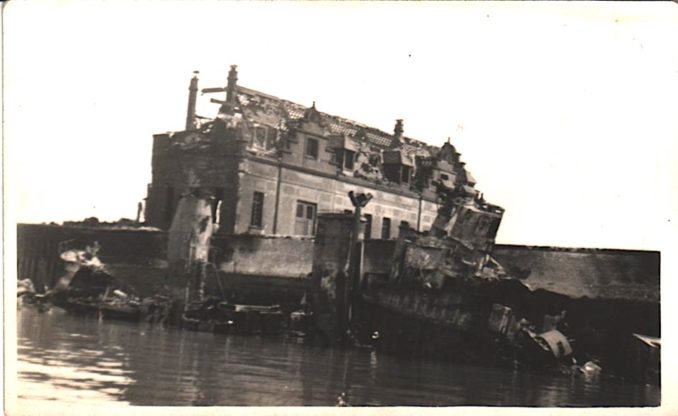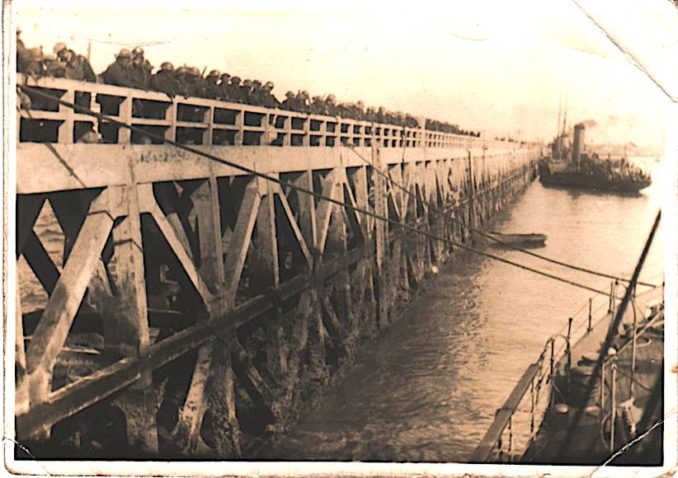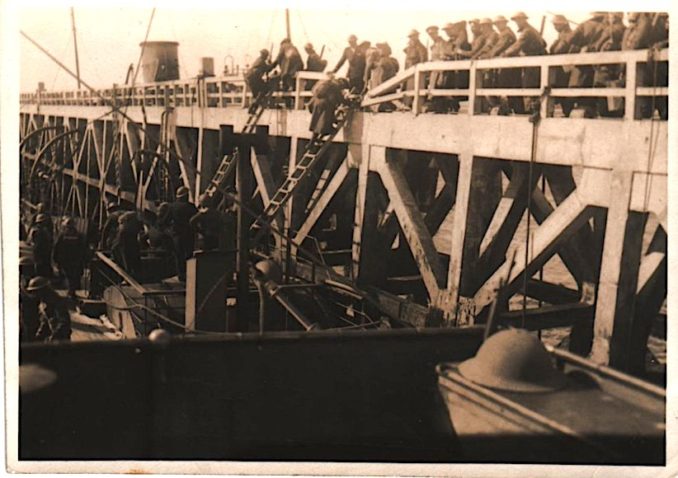In memory of those who have crossed the bar
Fearless of storm or foe,
Guarding the traffic of the east and west,
Giving with hearts heroic of their best,
The brave mine-sweepers go.
Horace Rumsam (1902-1949)
On 31 May, General Von Kuechler assumed command of all the German forces at Dunkirk. His plan was simple: launch an all-out attack across the whole front to prevent the evacuation of troops from both the beaches & Dunkirk port itself.
The defence of the Dunkirk perimeter held throughout 29–30 May, with the Allies falling back by degrees. On 31 May, the Germans nearly broke through at Nieuwpoort. The situation grew so desperate that two British battalion commanders manned a Bren gun, with one Colonel firing and the other loading. A few hours later, the 2nd Battalion, Coldstream Guards of the 3rd Division, rushed to reinforce the line near Furnes, where the British troops had been routed. The Guards restored order by shooting some of the fleeing troops and turning others around at bayonet point. The British troops returned to the line and the German assault was beaten back.
In the afternoon, the Germans breached the perimeter near the canal at Bulskamp, but the boggy ground on the far side of the canal and sporadic fire from the Durham Light Infantry halted them. This was the picture taken by Horace from the bridge as his vessel approached the designated embarkation coordinate (East Pier) for paddle steamer vessels……….

© DJM 2022, Going Postal
and another taken closer in

© DJM 2022, Going Postal
By now the loading procedure for troops had become routine. Ignore – if possible – the aerial German attacks, come alongside the Pier, & let the boarding of troops begin. Here’s a picture of this process with a fully loaded sister ship Paddle Steamer Cambria in the background, just about to leave. Cambria had been originally launched in 1895, stationed around the south coast of England until 1914, then requisitioned as HMS Cambridge before returning to civilian service after 1918. In 1939, again requisitioned & renamed HMS Plinlimmon, she was converted to a minesweeper & based in the Firth of Forth before being sent to assist at Dunkirk. She made 1 successful round trip & rescued 900 troops.

© DJM 2022, Going Postal

© DJM 2022, Going Postal
On 29 May 1940, SS Fenella had made her first trip into the evacuation area. She started to embark troops from the East Pier, and had 650 on board when she came under heavy fire in the third massed air attack of that day. She was hit by three bombs in quick succession, the first bomb hitting her directly on the promenade deck, the second bomb hitting the pier, blowing lumps of concrete through the ship’s side below the waterline, and the third exploded between the pier and the ship’s side, wrecking the engine room. The Fenella was abandoned and later sank. Here’s the picture taken by Horace of troops boarding his ship with the Fenella in the background.

© DJM 2022, Going Postal
The day had not been uneventful for Horace, whose vessel was carrying the last of the British troops evacuated from Dunkirk. Loaded to the gunnels his next destination was Dover. The weather was fine, with little wind & sea swell, and similar forecast for the following day…..
The attached photographs were taken by Horace – mostly from the bridge – and are part of my family history. Some of them have his writing (in pencil) on the reverse, which enables certain items to be identified. These articles are a testament to his – & so many others – intestinal fortitude – & hopefully a fitting tribute & memorial to a world & people long gone.
© text & images DJM 2022



